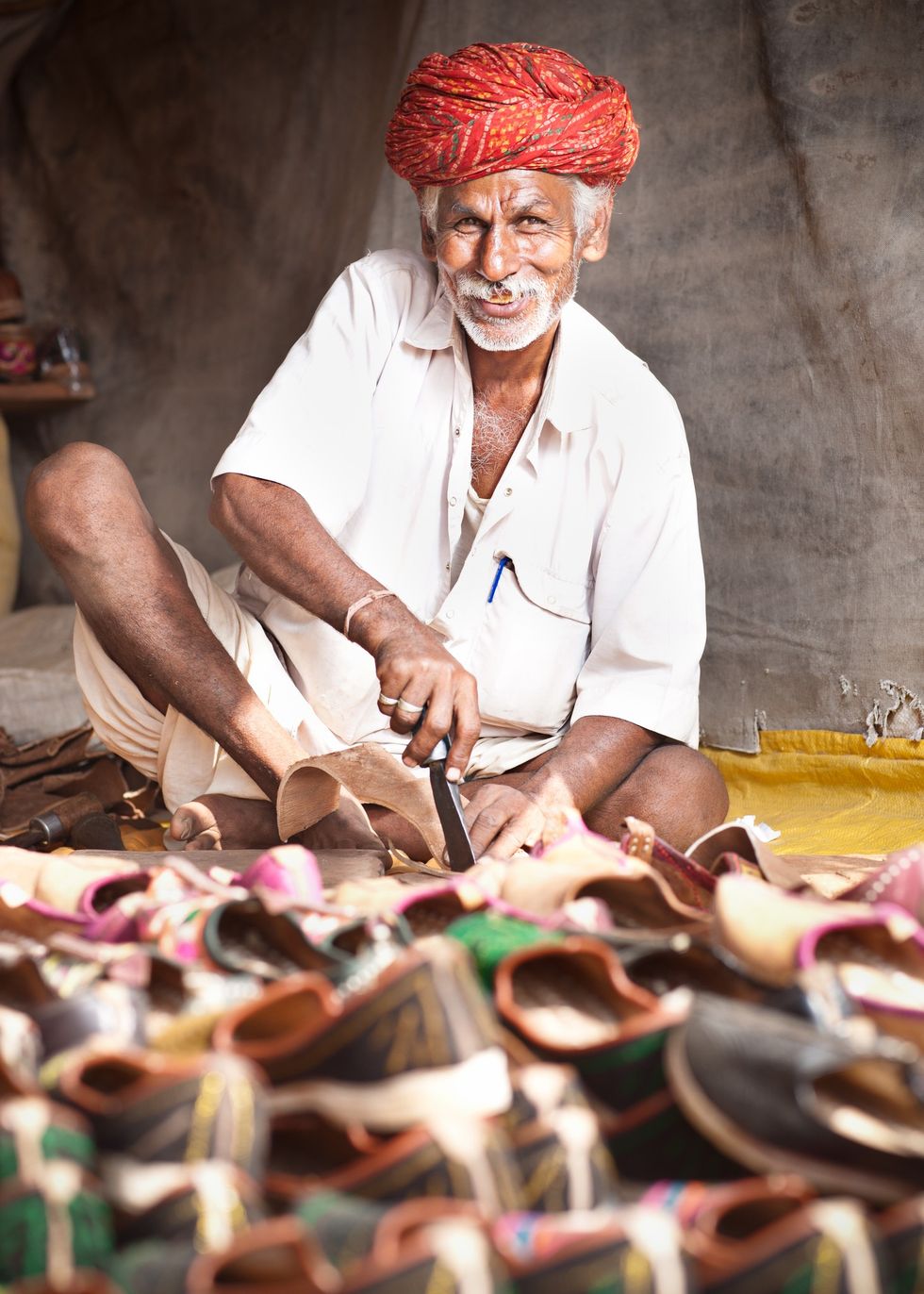DOCTORS in the UK have said that up to 100 children are being hospitalised in a week with a rare disease that emerges weeks after Covid-19.
They added that 75 per cent of the children worst affected by the disease is from black, Asian or ethnic minority (BAME) backgrounds,
When paediatric inflammatory multi-system syndrome (PIMS) was emerged in the first wave of the pandemic, it was initially thought to be Kawasaki disease, a rare condition that mainly affects babies and infants.
But PIMS has been recognised as a separate, novel post-viral syndrome that one in 5,000 children get about a month after having Covid, regardless of whether they had symptoms, reported The Guardian.
It often involves rashes, a temperature of up to 40C, dangerously low blood pressure and abdominal problems, and in serious cases its symptoms are like those of toxic shock or the potentially fatal condition sepsis. Two children are thought to have died of PIMS since the pandemic began.
The Guardian report revealed that hospitals have been admitting up to 100 young people a week during the second wave, compared with about 30 a week last April.
Between 12 and 15 children every day are believed to have fallen ill since the start of January. Cases have emerged in many places, but most have been in London and south-east England, areas where the new Kent variant of the coronavirus has driven a sharp rise in infections.
Evidence collected by Dr Hermione Lyall, an expert in infectious diseases in children and the clinical director for children’s services at Imperial College Healthcare NHS trust in London, has found out the disproportionate impact the disease is having on children of BAME origin.
The first 78 patients with PIMS who ended up in intensive care, 47 per cent were of Afro-Caribbean origin and 28 per cent of Asian background – between five and six times higher than the 14 per cent of the UK’s population who are BAME.
“We are doing research to understand why this population is affected. Genetics may be a player. But we are concerned that it is a reflection of how this is a disease of poverty, that disproportionately affects those who cannot avoid exposure due to their occupation, multi-generational households and crowded housing," Dr Liz Whittaker, the PIMS spokesperson for the Royal College of Paediatrics and Child Health, told The Guardian.
Separate data collected by Dr Marie White of the Evelina showed that 60 per cent of the 107 cases of PIMS they had treated up until 13 January were black African or Caribbean children.
Dr Habib Naqvi, director of the NHS Race and Health Observatory, called for an inquiry into BAME children’s much greater risk of getting PIMS.
Data from experts also showed that a small number of children with PIMS see their brain affected and suffer confusion, lethargy, disorientation, start behaving unusually and, in rare cases, have a stroke. In addition, in a study of 75 children, eight had suffered heart problems, including myocarditis and ventricular dysfunction.
According to the report, most children with PIMS have been taken to one of the NHS’s network of 23 hospitals with a PICU, such as the Evelina and Great Ormond Street children’s hospitals in London and Birmingham Women’s and Children’s Hospital.
Experts, however, advised parents not to worry as there have seen fewer seriously unwell children during the second wave because there is earlier recognition and treatment.






 Prada confirms Kolhapuri chappals inspired its 2026 Milan collectionInstagram/
Prada confirms Kolhapuri chappals inspired its 2026 Milan collectionInstagram/ Kolhapuri chappals have been crafted for centuries and received GI tag in 2019 iStock
Kolhapuri chappals have been crafted for centuries and received GI tag in 2019 iStock 








 Wintour also became synonymous with the Met GalaGetty Images
Wintour also became synonymous with the Met GalaGetty Images

